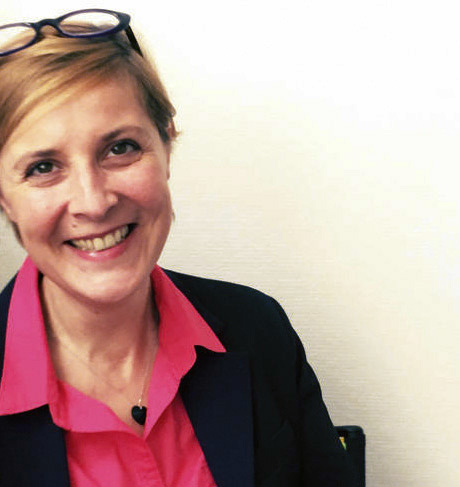Sensible and strange are among the many words that describe what made Louis Faurer's gaze so unique. Born in 1916 in Philadelphia, he remains less known in France than Helen Levitt, Robert Frank or William Klein, who also worked in the streets. With ...



